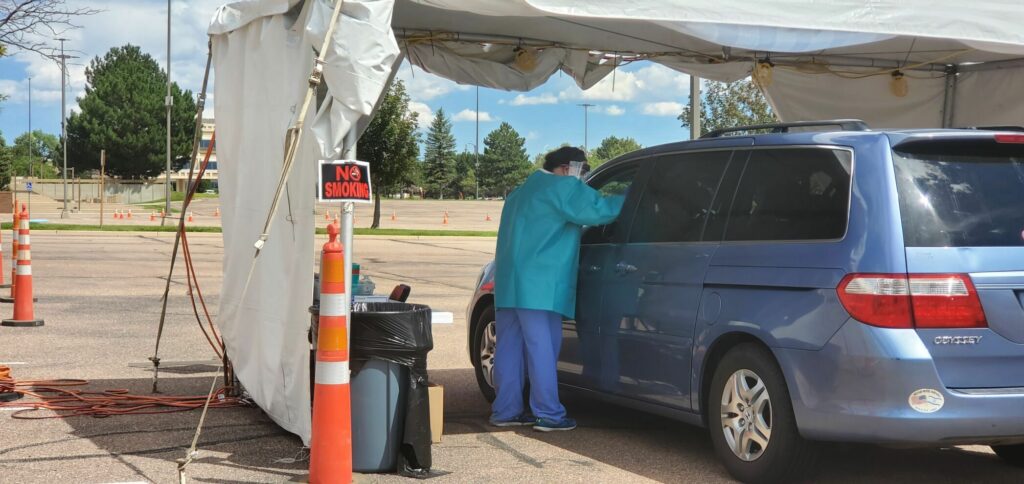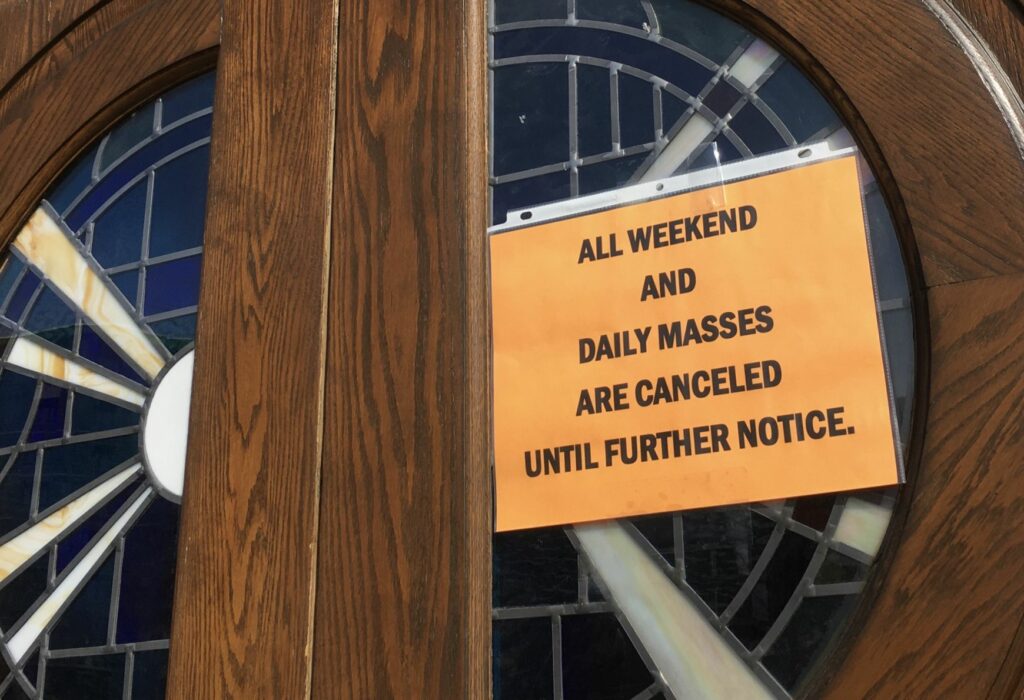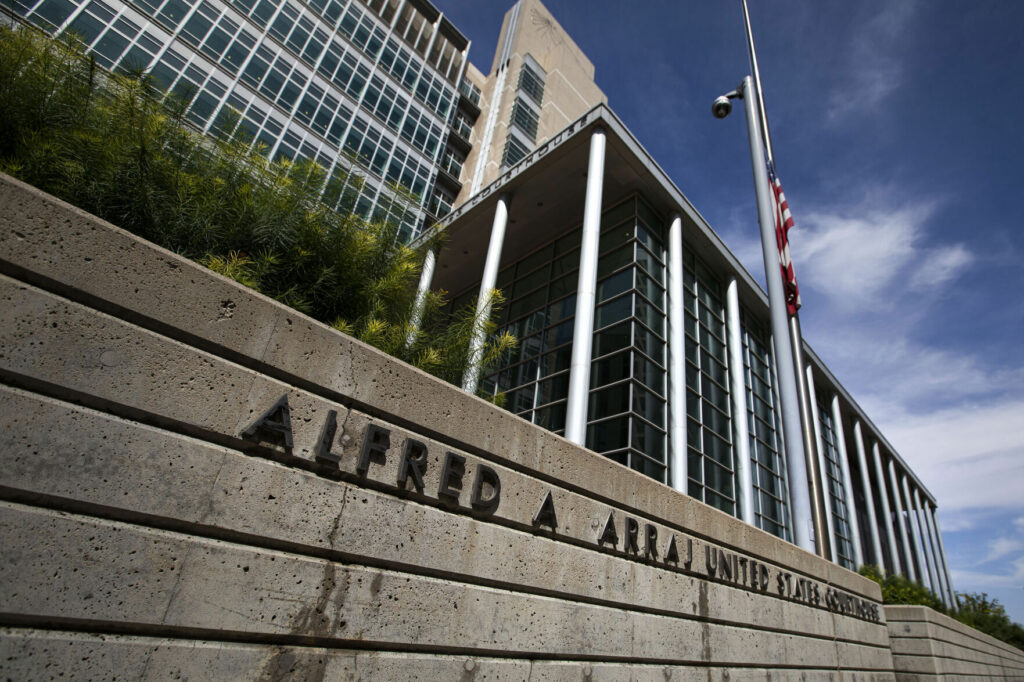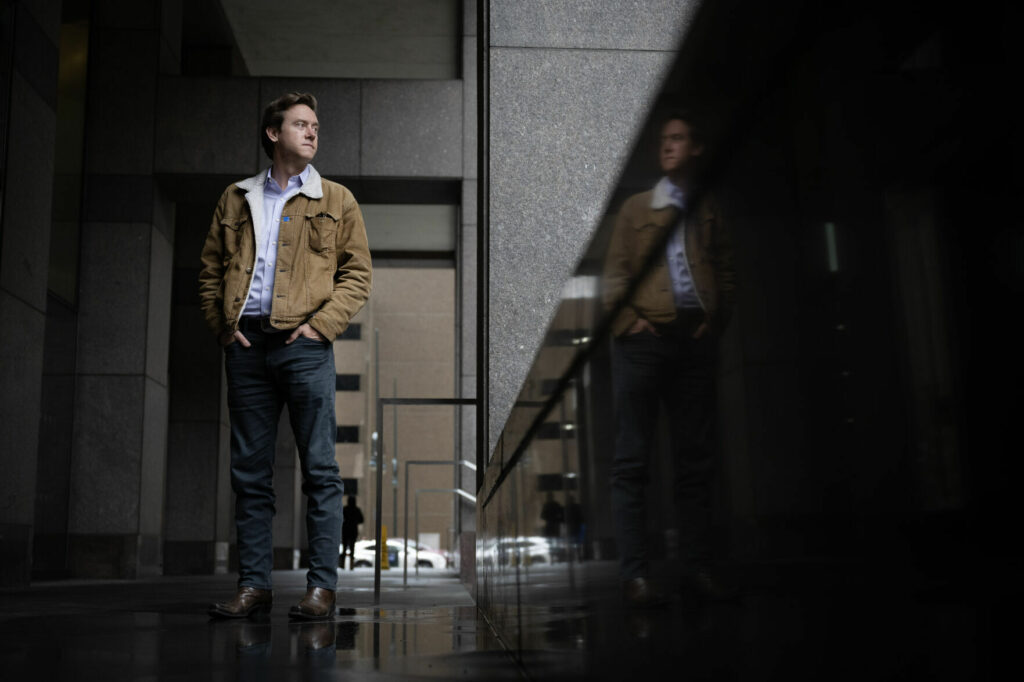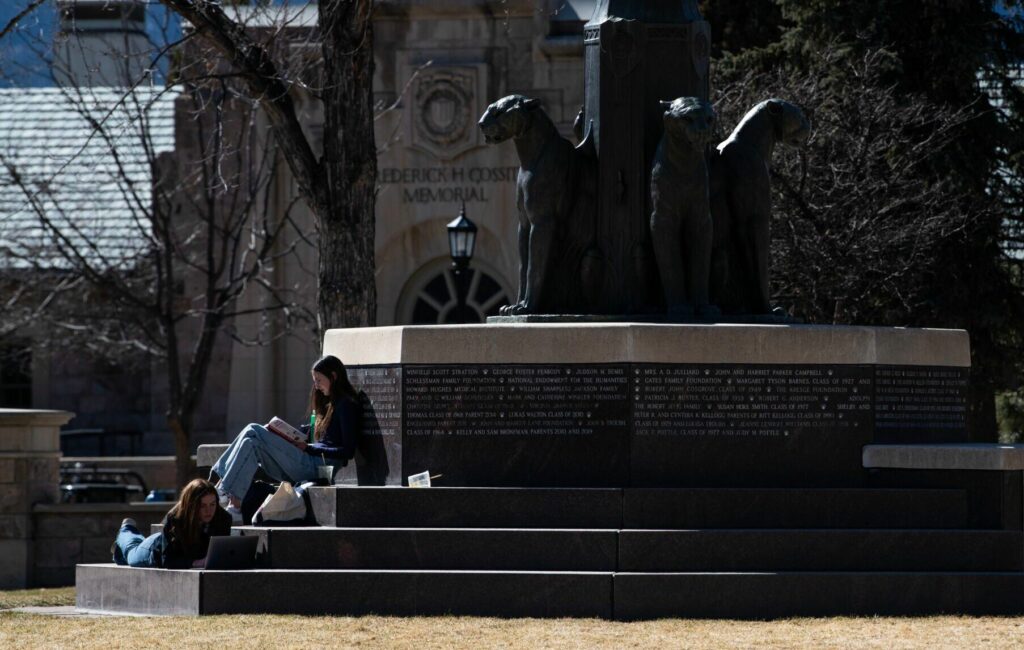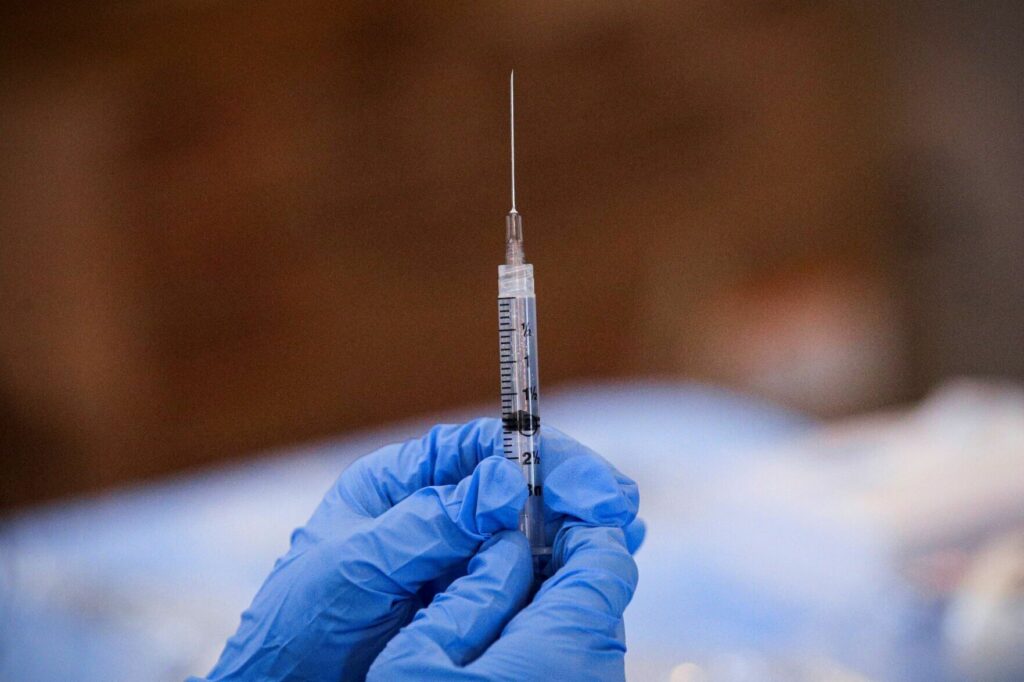In absence of vaccine, scientists see contact tracing as best hope to combat coronavirus

As COVID-19 now has killed more than 100,000 in the United States and continues to infect Coloradans, questions remain about how to slow and stop the spread.
Colorado leaders, like governments across the globe, have ramped up testing and now are looking to connect the dots on how the contagion moves through the population, with the aim of isolating those infected and getting ahead of the pandemic’s spread.
The important piece of the puzzle, according to epidemiology experts, is with an army of contact tracers. The Centers for Disease Control and Prevention stresses on its site, “The time to start building the trained workforce is now.”
Last week state epidemiologist Rachel Herlihy said the state health department recruited 50 public health students to work on investigations and contact tracing, with AmeriCorps providing the “backbone” to contact tracing at a larger scale across the state.
When Gov. Jared Polis traveled to Washington to meet with President Trump on May 13 he also spoke with Dr. Deborah Birx, the response coordinator for the federal Coronavirus Task Force, who the governor said was complimentary of Colorado’s contact tracing effort.
But what is it?
How contact tracing works
According to the CDC, public health staffers ask a patient to recall anyone that they had close contact with during the time when they were infectious. Staffers then warn these individuals of their potential exposure to the virus as “rapidly and sensitively” as possible.
“It is a tried-and-true public health strategy for containing disease outbreak; slowing the transmission of diseases,” said Glen Mays, professor of health policy at the Colorado School of Public Health. “It has been used for decades and decades in this context.”
To protect patient privacy, contacts are told that they have been exposed, but not by whom. Those contacts are then provided with education, information and support to understand their risk and what they should do to protect others from infection.
These contacts are also encouraged to stay home and maintain the standard 6-foot social distancing rule until 14 days after their exposure in case they do become sick.
“They should monitor themselves by checking their temperature twice daily and watching for cough or shortness of breath,” the CDC site explains. “To the extent possible, public health staff should check in with contacts to make sure they are self-monitoring and have not developed symptoms.”
While the job is of incredible importance, the CDC warns that contact tracing is a specialized skill; one that comes with a long list of requirements. To be done effectively, the CDC explains, it requires people with the “training, supervision, and access to social and medical support for patients and contacts.”
The list of skills includes an understanding of patient confidentiality, medical terms and the principles of exposure and infection. Excellent communication and sensitive interpersonal skills are also needed.
Time is of the essence when it comes to contact tracing, as tracers need to immediately identify and interview people with SARS CoV-2 and COVID-19 infections.
“Contact tracing is just a more precise way of isolating and preventing disease transmission, doing it on a person-by-person basis, rather than having these blanket policies that say ‘Everybody has to stay at home,’ ” Mays said. “So really, contact tracing is key to continuing to suppress this disease.”
More tracers coming
With nearly 25,000 confirmed cases in the state, Colorado currently has 50 tracers now helping local health departments. The goal is 2,000 for the Colorado Department of Public Health and Environment’s COVID Response Corps, spokesman Ian Dickson wrote in an email to Colorado Politics.
The program is expected to cost $45 million.
Training of more tracers is also underway. This training would take approximately four days each, he said.
“Many factors play into how many contacts each contact tracer can do, as it’s dependent on the complexities of the cases,” Dickson said.
This core group will be bolstered by technological tools like the online symptom tracker and other possibilities with privacy safeguards.
Across the state, local health departments have been using their own contact tracer teams, along with state appointed tracers, to try and slow the spread of the virus.
The Northeastern Colorado Health Department, for example, has 13 people working on contact tracing among other duties, working alongside a few state-provided epidemiologists and two more regional epidemiologists, according to Mike Burnett, the departments’ response coordination officer.
“The strategy in terms of how we control the spread of disease varies depending on the number of cases, how widespread it is and the circumstances,” Burnett said.
Burnett said that those working to try and stop the spread of the virus will use contact tracing unless the numbers dictate that they resort, again, to community-wide stay-at-home or Safer-at-Home measures.
“As we back out of all of the ‘Safer at Home’ restrictions and those sorts of things, we really are going to be back into a mode of doing this in the way that we do outside of COVID-19 with any other kind of a communicable disease outbreak,” Burnett said.
Why it’s needed
Experts uniformly have agreed that contact tracing is a vital part of combating COVID-19, especially since there’s no vaccine yet.
Burnett said the first part of the plan is to make sure that communities are informed and educated about the virus and ways to stay safe.
“The second arm of that is absolutely the case investigation and contact tracing and actually reaching out to those individuals who are personally affected in one way or another,” Burnett said. “Trying to draw them in as a partner in the process, helping people to understand why it is important to not go stand in line at Walmart when they are potentially sick, 3 feet behind the 7-year-old kid who has leukemia, who doesn’t have an immune system.”
Burnett said that educating people on why standards and expectations are put into place is paramount.
“If people just return back to pre-COVID normality in terms of their interaction with other people we could still experience another significant spike in disease,” Burnett said.



